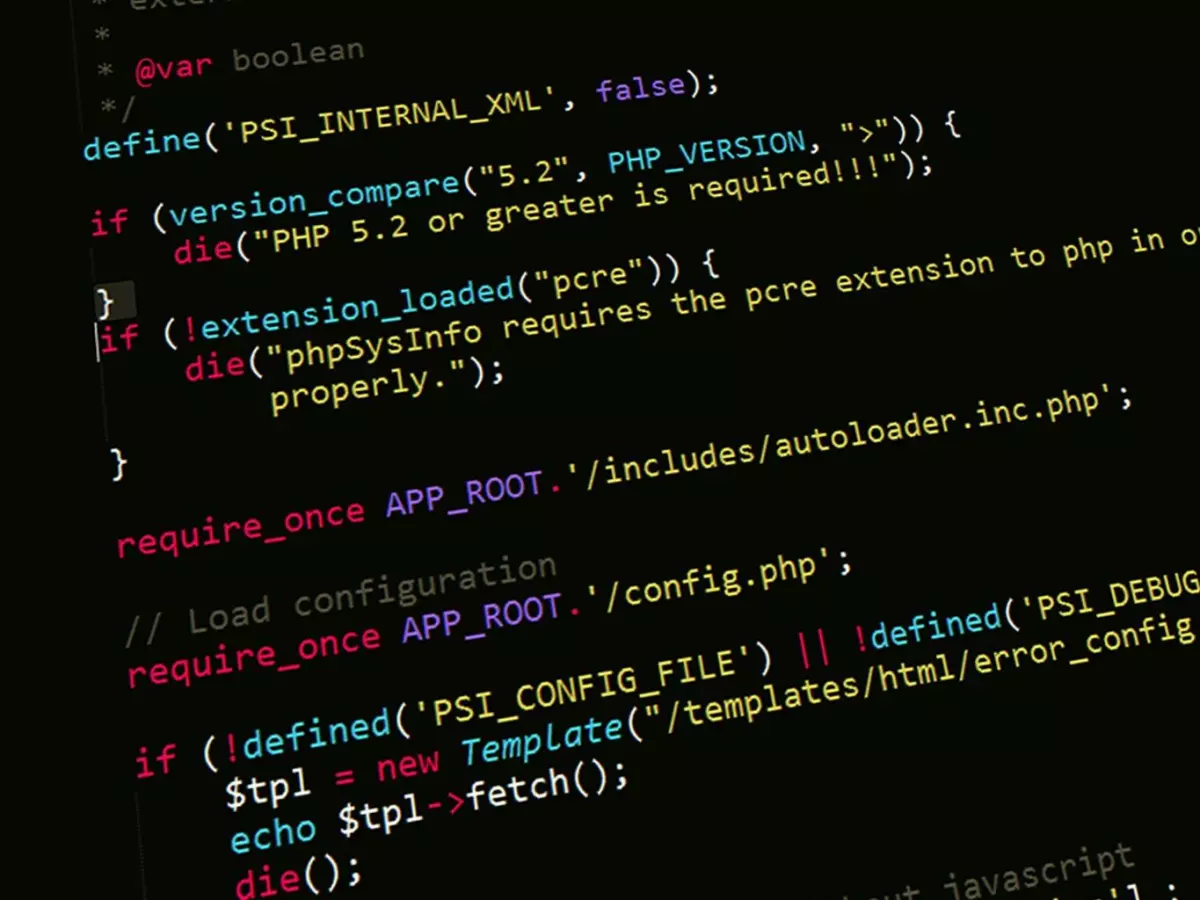Modular Magic
Imagine a world where your code is so organized, so perfectly structured, that adding new features or fixing bugs feels like a breeze. No, this isn’t some far-off utopia. It’s the reality of modular programming, and it’s shaping the future of software development.

By Sophia Rossi
But before we dive into the magic of modular programming, let’s take a quick trip down memory lane. Remember the days when software was written as one gigantic, monolithic block of code? Yeah, those were the days when making even the smallest change felt like pulling a thread from a sweater—you never knew what else would unravel. The bigger the project, the more chaotic it became.
Enter modular programming, the knight in shining armor for developers everywhere. Instead of one massive block of code, you break your software into smaller, independent modules. Each module handles a specific task and can be developed, tested, and maintained separately. It’s like building with LEGO bricks—each piece fits perfectly, but you can swap out or upgrade individual blocks without tearing the whole thing apart.
Why Modular Programming Matters
So, why is modular programming the future of software development? Well, for starters, it makes your code more manageable. When you break your code into smaller pieces, it’s easier to understand, debug, and maintain. No more digging through thousands of lines of code just to find that one pesky bug.
But that’s not all. Modular programming also makes your code more scalable. As your project grows, you can add new modules without worrying about breaking existing functionality. Need to add a new feature? No problem—just create a new module and plug it into the system. It’s like adding a new room to a house without having to tear down any walls.
And let’s not forget about reusability. One of the biggest advantages of modular programming is that you can reuse modules across different projects. Once you’ve written a module that works, you can simply drop it into another project and save yourself a ton of time and effort. It’s like having a toolbox full of pre-built components that you can use whenever you need them.
Modular Programming in Action
Okay, so modular programming sounds great in theory, but how does it work in practice? Let’s take a look at some real-world examples.
One of the most famous examples of modular programming is the UNIX operating system. Each component of UNIX is designed as a separate module, which means that you can swap out or upgrade individual components without affecting the rest of the system. This modular design is one of the reasons why UNIX has been so successful and long-lasting.
Another great example is microservices architecture. In a microservices architecture, each service is developed as a separate module that communicates with other services through APIs. This allows for greater flexibility and scalability, as you can update or replace individual services without affecting the entire system.
Challenges of Modular Programming
Of course, modular programming isn’t without its challenges. One of the biggest challenges is managing dependencies between modules. If one module relies too heavily on another, it can create a tangled web of dependencies that’s difficult to manage. This is where techniques like dependency injection and interface-based design come into play, helping to reduce tight coupling between modules.
Another challenge is module granularity. If your modules are too large, you lose the benefits of modularity. But if they’re too small, you end up with a fragmented system that’s difficult to manage. Finding the right balance between module size and functionality is key to successful modular programming.
The Future of Modular Programming
So, what does the future hold for modular programming? As software systems become more complex and distributed, the need for modularity will only continue to grow. We’re already seeing this with the rise of cloud-native applications and serverless architectures, where modularity is essential for managing distributed systems.
In the future, we can expect to see even more tools and frameworks designed to support modular programming. Languages like JavaScript and Python already have strong support for modularity, and new languages and frameworks are being developed with modularity in mind. The rise of containerization and orchestration tools like Docker and Kubernetes also make it easier to manage modular systems at scale.
In short, modular programming isn’t just a trend—it’s the future of software development. By breaking your code into smaller, independent modules, you can create more manageable, scalable, and reusable software. So, if you’re not already using modular programming, now’s the time to start. Trust me, your future self will thank you.





